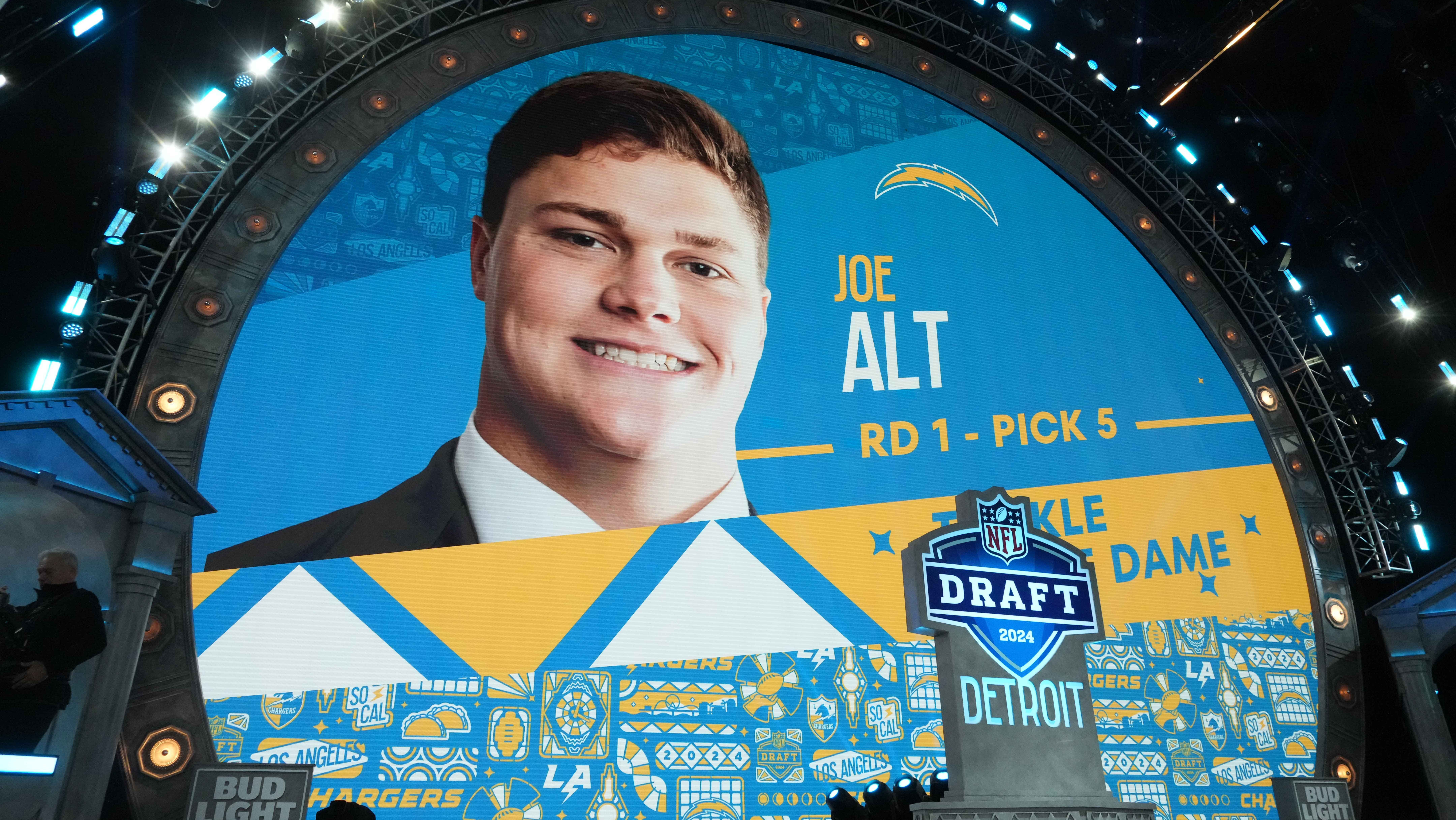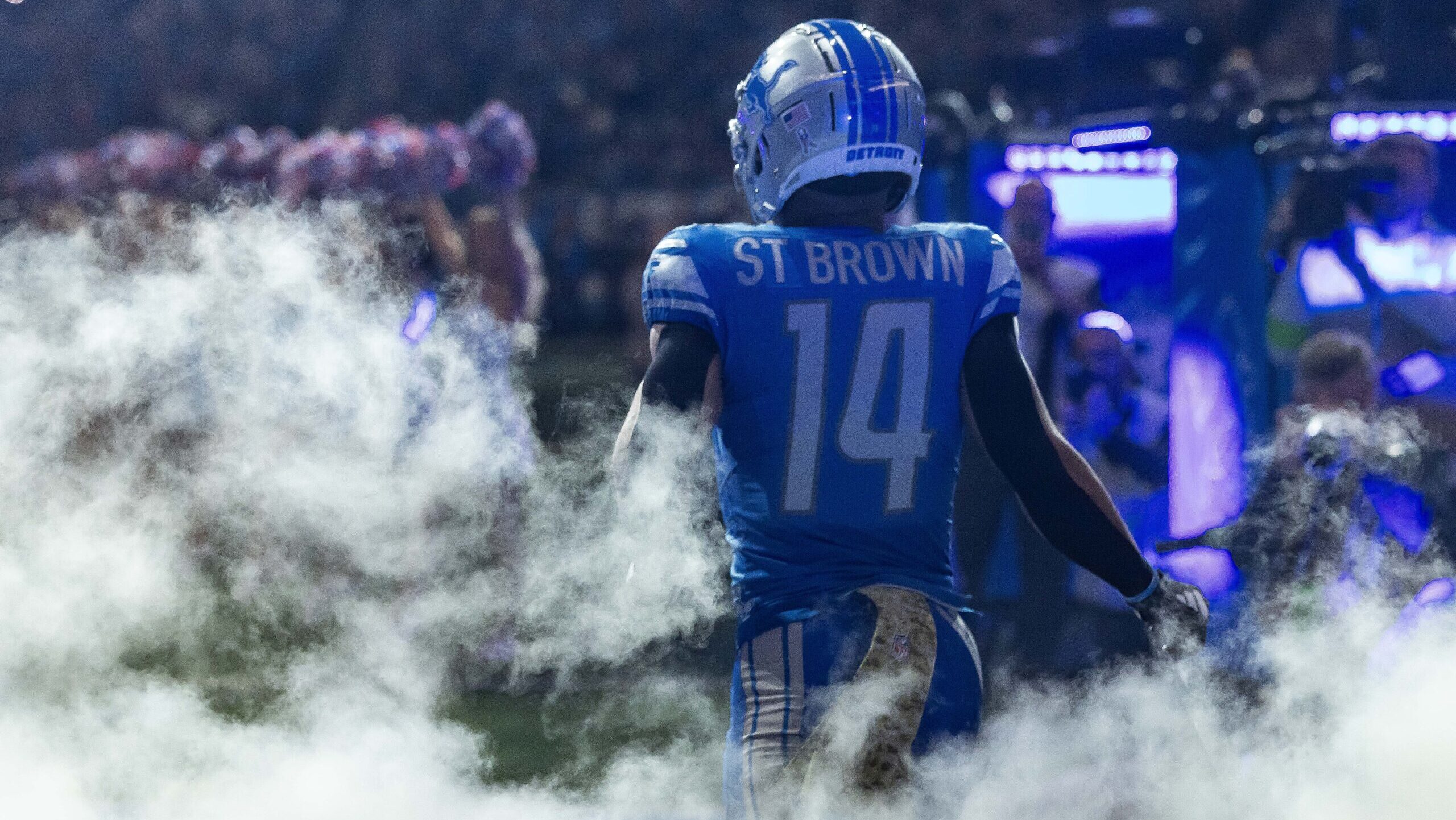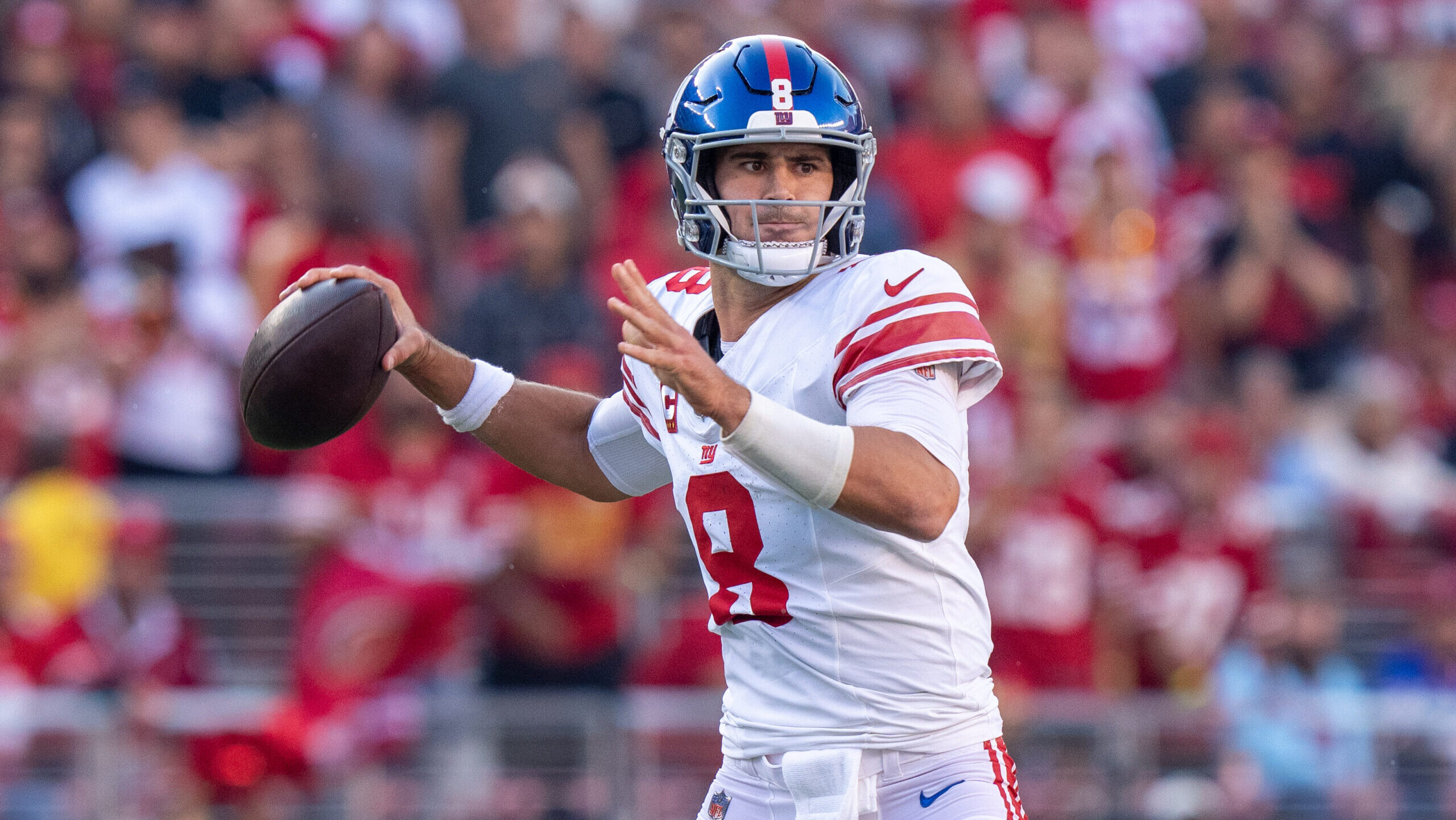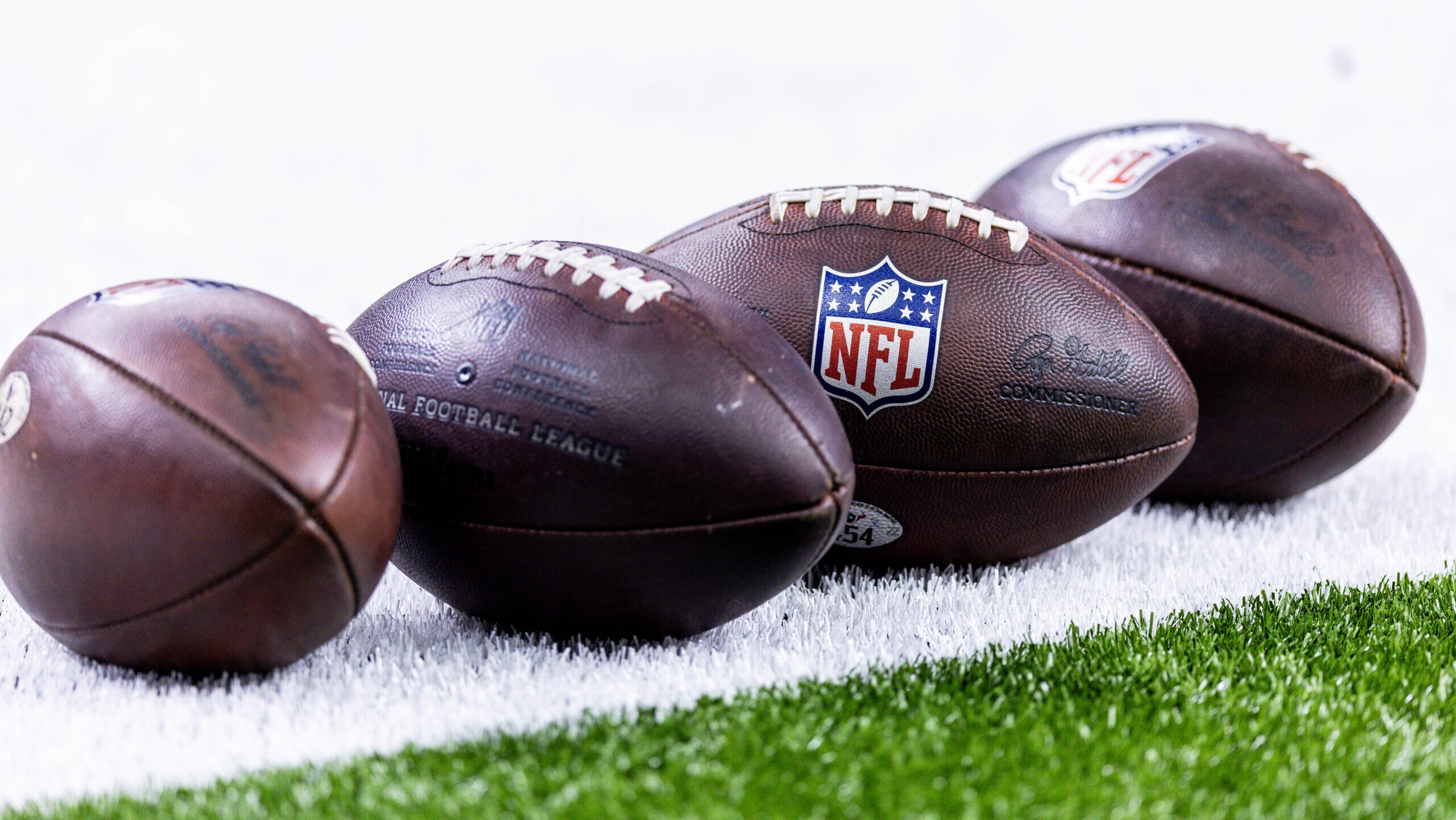Analysis
11/11/23
5 min read
Tennessee Titans RB Derrick Henry Is Inevitable
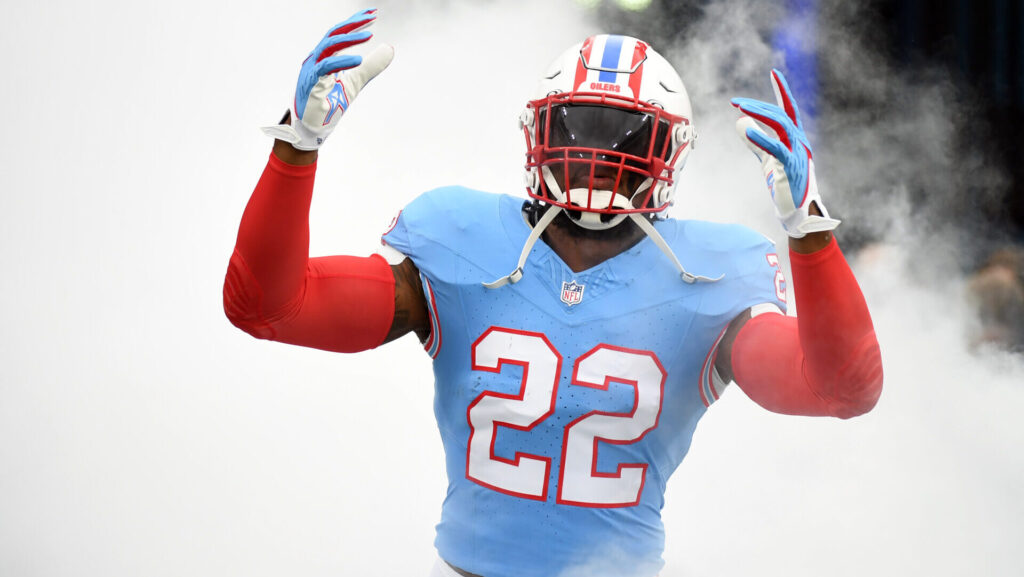
The football world has grown accustomed to running backs being shooting stars. Whether by acute injury risk, chronic wear-and-tear, changes in blocking quality or changes in team usage, the top performers at the position are constantly in flux.
To that point, only a handful of players have ranked in the top 10 in yards at the position at least half the time over the last eight years: Dalvin Cook, Christian McCaffrey, Nick Chubb, Ezekiel Elliott and Derrick Henry (this gives McCaffrey and Henry credit for the first half of the 2023 season).
It’s a young man’s game, and of the current top 10 in rushing yards, seven are 26 or younger. But the alien that is Henry stands out.
The two other relative geezers in that group of rushing leaders — McCaffrey and Raheem Mostert— have fewer combined carries in their careers than Henry. Perhaps, a year ago, Elliott would have qualified for this conversation, but he’s essentially irrelevant in his age-28 season while Henry remains a stalwart at 29.
We will give him his due for a minute or two before somebody predicts his demise another time. But first, it’s important to consider how we measure running back performance.
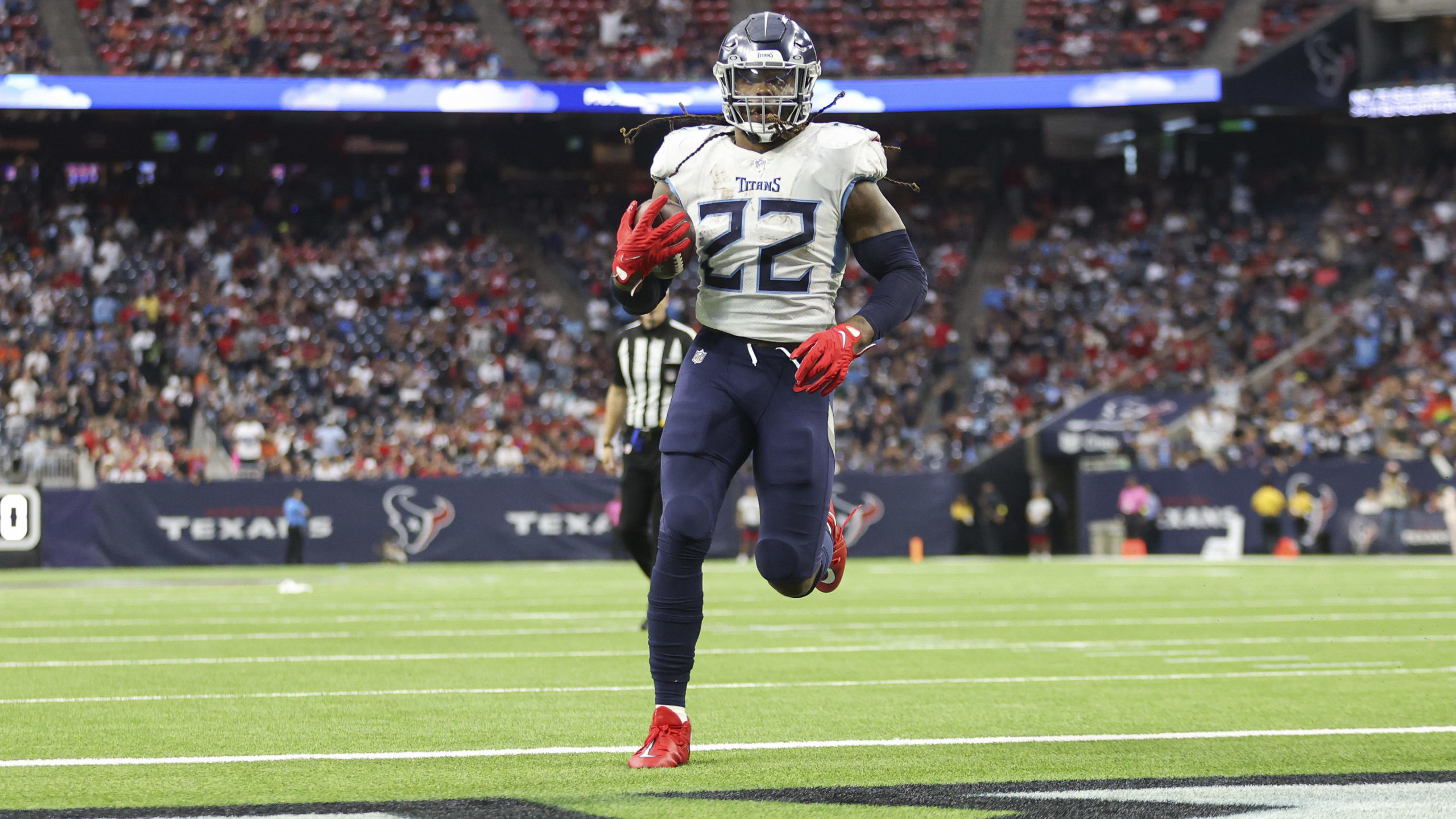
The Trouble With Modern Running Back Analysis
Rushing yardage leaders aren't the best way to measure rushers. Sure, that stat tells you who’s been available to tote the rock — something that’s at least half the battle for such an attrition-prone position — but it doesn’t capture the value of tough yards or the quality of the blocking.
Over the years, we’ve moved toward using Expected Points Added (EPA) to measure play-to-play success.
It has two significant advantages. It puts yards, touchdowns and turnovers all on the same scale so that we can compare their value directly, and it allows us to show how a 1-yard gain on third-and-1 is excellent while a 1-yard gain on first-and-10 is awful.
However, EPA hates the running game. It’s not on purpose, of course. It’s just that EPA has shown that expected gains of three or four yards on first down don’t cut it in terms of staying ahead of the chains. That leads to this funky result: players with more carries accrue less EPA on average (unless they’re elite enough to surpass 300 attempts).
Average Seasonal EPA by Number of Carries (2016-23)
| Carries | Player Season | Average Season EPA |
| 1-99 | 755 | -3 |
| 100-199 | 222 | -8 |
| 200-299 | 109 | -11 |
| 300+ | 12 | 5 |
Here’s where Sports Info Solutions’ Total Points comes in. As a reminder to those who don’t spend much time on this site’s player and team pages, this is SIS’s answer to the question, “How many points on the scoreboard was this player worth, given his play-to-play contributions?”
It handles the above problem of EPA punishing rushing by giving players credit for being on the field and including a “play selection adjustment” that balances the scales when players are involved in suboptimal game situations that are not their fault (like a running play on second-and-10).
It also works to parcel out the value the rusher brings. Each play starts with an expected gain based on the run direction and blocking scheme, and each player’s impact on the result (broken tackles, yards after contact, blown blocks, bounces/cutbacks) modulates that. Those individual contributions determine the value of the rusher and blockers.
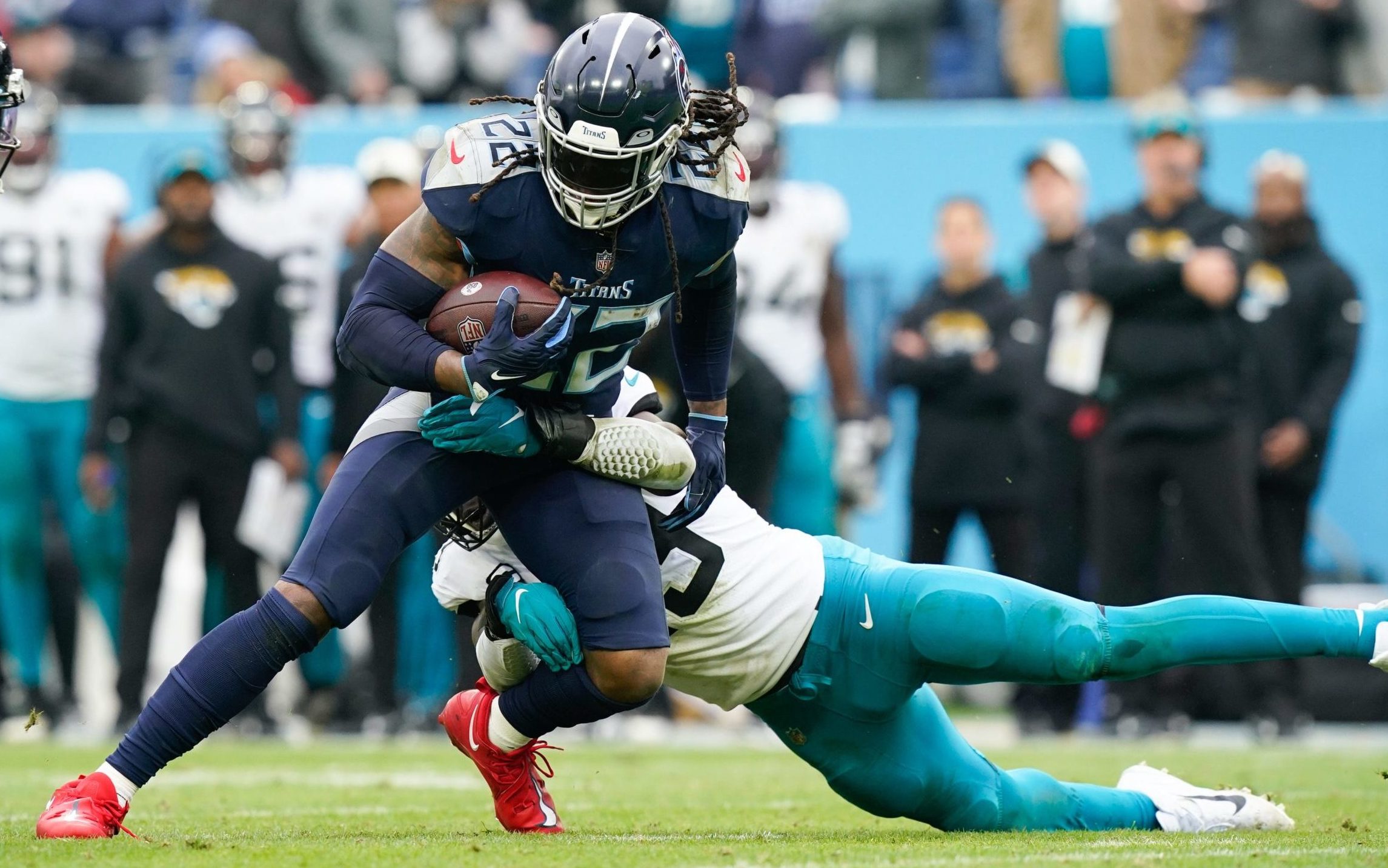
Watch the Throne
Over his career, Henry’s 1,900-plus carries have added … 8 Expected Points. Talk about a waste of a career, right? He might as well not have shown up to work.
But in terms of value — his ability to stay on the field, let alone breaking tackles and getting tough yards — his Total Points are a good chunk above the field. Sure, the blindingly efficient Chubb is arguably the best, but Henry has banked 600 carries that Chubb, coming off a season-ending injury, has yet to see. And while Elliot has more carries and a comparable yardage total, his contribution to that success was much less than Henry’s.
Rushing Total Points Leaders, Drafted 2016 or Later
| Player | Carries | Yards | EPA | Total Points |
| Derrick Henry | 1,887 | 8,936 | 8 | 196 |
| Nick Chubb | 1,238 | 6,511 | 10 | 162 |
| Aaron Jones | 1,084 | 5,466 | -40 | 112 |
| Ezekiel Elliot | 1,954 | 8,539 | -10 | 108 |
| Dalvin Cook | 1,325 | 6,114 | -69 | 64 |
Henry finished fifth among running backs in rushing Total Points last season. Of the top 10 from 2022, he’s one of only three to rank in the top 10 in 2023, and most of the rest are outside the top 50. Henry is also the oldest of any of those players.
He’s breaking more tackles (with physicality) and causing more missed tackles (with agility) per carry than he did the previous two years. And he’s had to do that running behind a line that’s gotten worse in terms of blown blocks each of the past five years.
It’s probably true that Tyjae Spears — the second would-be heir taken in the third round after the team drafted Darrynton Evans in 2020 — will become the starter in Tennessee as soon as next year (with Henry’s contract expiring). After all, Spears is backing up an older Henry and has been more productive in two months than Evans, now with the Chicago Bears, was in two years.
But a generation of football analysts has back problems from shoveling dirt on Henry’s would-be grave, and he’s still brushing it off like Jay-Z.
Long live the King.
Alex Vidgerman wrote this article.


